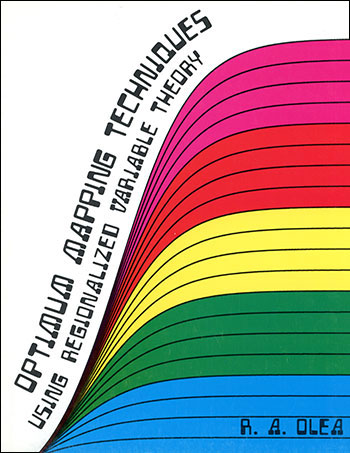Optimum Mapping Techniques Using Regionalized Variable Theory
DOI:
https://doi.org/10.17161/kgsbulletin.no..23592Abstract
The theory of regionalized variables has been developed by G. Matheron to allow the drawing of statistical inferences, considering not only sample values but also implicit relationships in the geometry of the sample space. Two aspects of the theory are analyzed in this report; universal kriging and drift. Universal kriging is an estimation procedure presented as an alternative for grid generation in the automatic contouring of point observations.
Drift estimations relate to the search for a slowly varying spatial component such as that usually studied by trend surface analysis. Both universal kriging and drift estimation are more general, theoretically satisfying, and reliable than the empirical methods which are now used. In addition, provided the assumptions of the regionalized variable theory are met, the resulting estimates are unbiased with minimum estimation variance. Most importantly, the methods yield the variance of the estimation error at every point in the sample space.
Basic concepts of the regionalized variable theory which pertain to automatic contouring are expressed in this report in terms of classical statistical inference. Because published accounts of the theory are highly compact, it is necessary to provide extensive derivations of the steps in its development. These lead from the fundamental assumptions of the theory to the algorithms required to perform punctual kriging and to estimate the drift, and provide an explanation of the properties of the estimates. The practical utility of these methods is shown in an example using data on a subsurface geologic horizon. Additional proofs are contained in appendices.

Downloads
Published
Issue
Section
License
Copyright (c) 2025 Ricardo A. Olea

This work is licensed under a Creative Commons Attribution-NonCommercial 4.0 International License.
